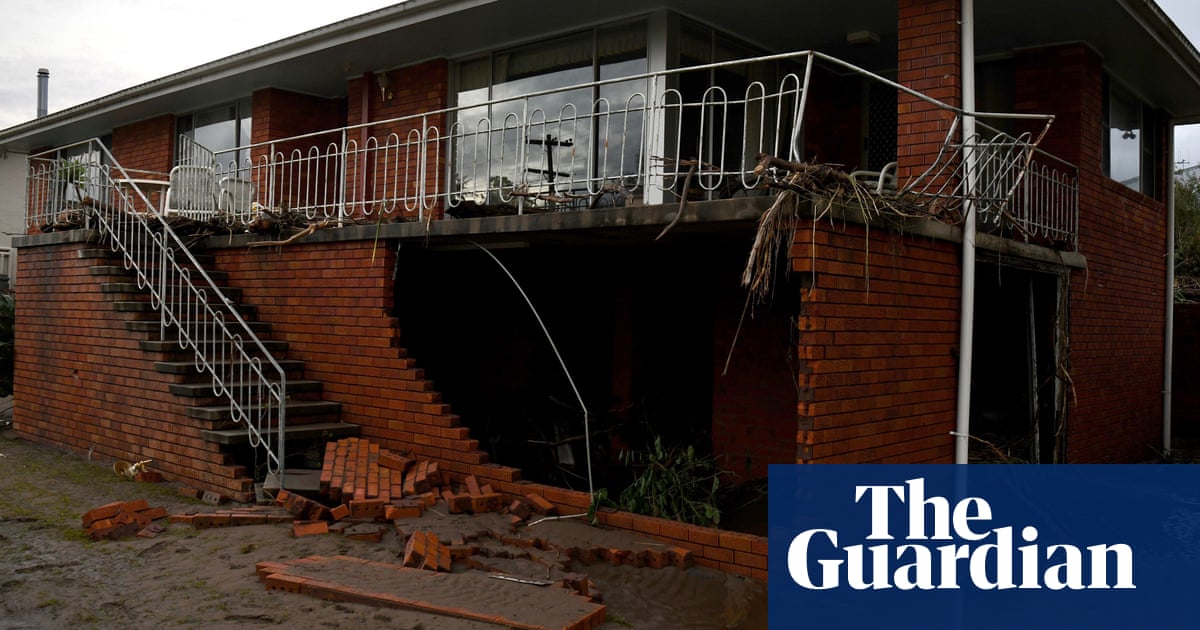The number of homes destroyed in theNew South Walesfloods has doubled to almost 800 as teams continue to asses damage on the state’s mid-north coast.
More than 5,000 damage assessments had been conducted with 794 homes deemed uninhabitable, a State Emergency Service spokesperson, Matt Heap, said on Tuesday. That figure was expected to rise.
At the peak of the flooding, 50,000 people were isolated. More than 10,000 remained cut off on Tuesday morning.Five people were killed.
Weather conditions were forecast to ease from Wednesday after damaging winds hit flood-affected communities.
“We do have damaging wind warnings … that includes the high elevated parts of the mid-north coast and northern Hunter,” the Bureau of Meteorology senior meteorologist Dean Narramore.
“We could see showers develop this afternoon with strong and gusty winds but those conditions should ease tonight and then they’ll clear out by Wednesday.”
Sign up for Guardian Australia’s breaking news email
Anthony Albanese was visiting the region on Tuesday. The prime minister announced on Monday that 70 Australian defence force personnel would help with recovery efforts.
Residents have been picking up muddied possessions and surveying damage, while drones have been used to drop hay to isolated farms and to make aerial welfare checks at properties.
Nadia Zarb, an artist and gallery owner in Taree, said she could not have coped without community support.
“We’ve got the best community, we’ve got the support around us and I couldn’t ask for anything more,” she said.
Michael Kemp, the state MP for Oxley which covers four local government areas on the mid-north coast, said it was tough seeing “people’s livelihoods on the side of the kerb”.
Sign up toBreaking News Australia
Get the most important news as it breaks
after newsletter promotion
Insurers have so far received more than 4,000 claims.
The crisis prompted federal-state natural disaster recovery arrangements, including small loans for businesses, which have been activated for 19 local government areas.
“I can assure everybody on the mid-north coast that those agencies are working around the clock to get those communities back up on their feet,” the NSW premier, Chris Minns, said.
The state’s Nationals leader, Dugald Saunders, said farmers needed more than loans to help recover from the disaster.
“What they need is a helping hand in the form of a grant to enable them to uplift their business,” Saunders said. “The feeling is a little bit starting to get angry now as people wonder where the support actually is.”
The NSW police deputy commissioner Peter Thurtell warned of looting after two men, both aged 20, were arrested for allegedly stealing property.
“The impact of this weather event has been unimaginable and to think they now have to be concerned about hanging on to whatever property they have left is a disgrace,” he said.
“Stealing from people vulnerable during hard times like these is un-Australian.”
